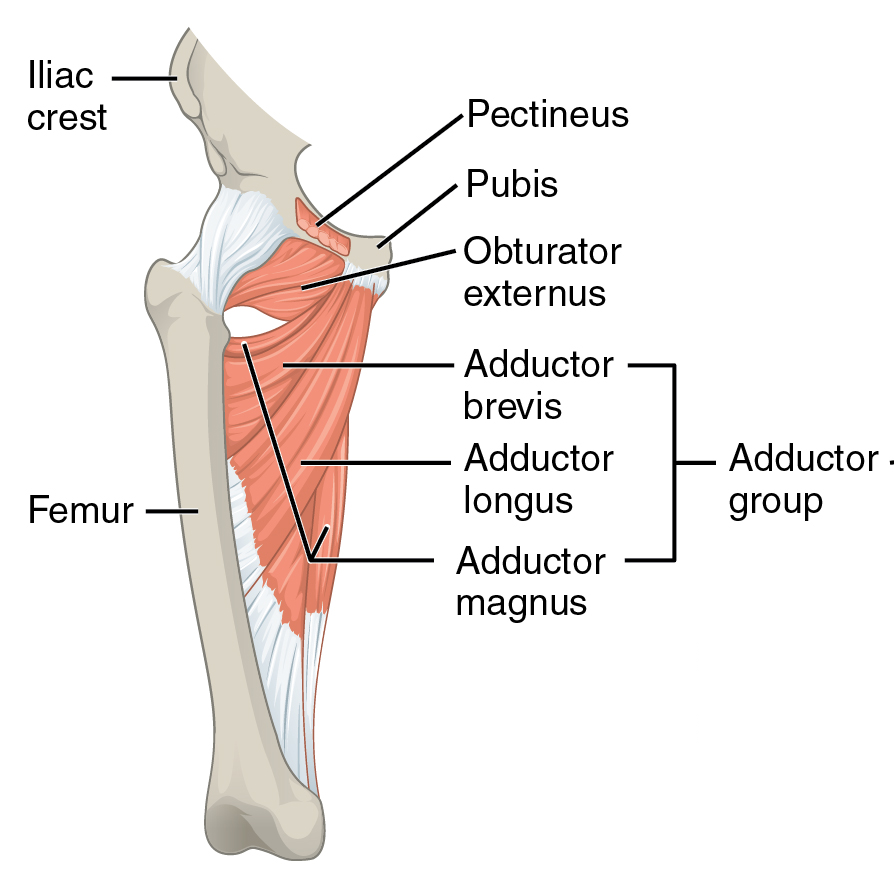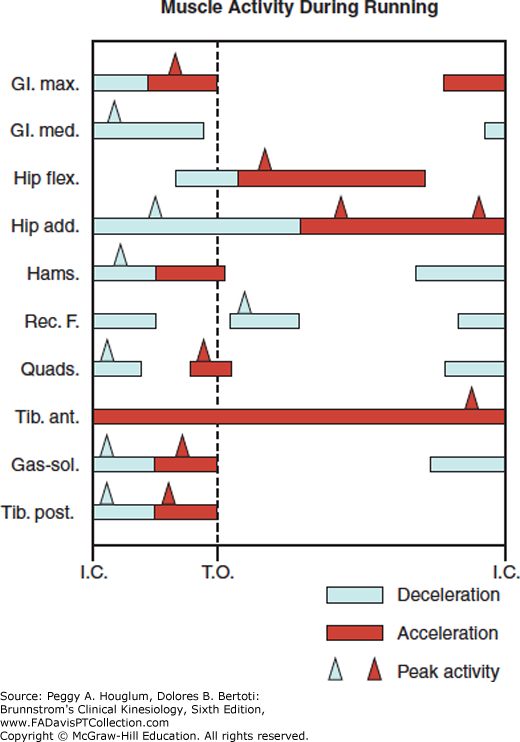The Adductor Magnus
Not just for adduction anymore....
 Ah yes... the adductor magnus. A commonly implicated muscle in hip dysfunction to include CAM lesions, femoroacetabular impingement, anterior femoral glide, as well as "hamstring insertional tendonitis" like symptoms (which would specifically be referring to the long head).
Ah yes... the adductor magnus. A commonly implicated muscle in hip dysfunction to include CAM lesions, femoroacetabular impingement, anterior femoral glide, as well as "hamstring insertional tendonitis" like symptoms (which would specifically be referring to the long head).
You will recall that the adductor magnus consists of two parts (1). A portion which arises from the ischiopubic ramus and the ischiocondylar portion (or hamstring portion). It has a common embryonic origin, innervation, and action and is often considered part of the hamstrings. The two parts together make up most of the medial aspect posterior thigh.
The pubofemoral portion arises from the pubis and inserts onto the femur, from just inferior to the greater trochanter, to the linea aspera. The ischiocondylar portion come from the tuberosity of the ischium, descend vertically and insert on the adductor tubercle, and is connected by a fibrous expansion to the line leading upward from the tubercle to the line aspera.
Here is yet another paper (2) to support the notion that the adductors (particularly the adductor magnus, in this paper), act as external rotators (especially eccentrically), not internal rotators as is commonly purported in many anatomy texts (3) .
Remember that the lower extremity is internally rotating (as a whole) from initial contact to midstance and externally rotating from midstance to pre swing. SOMETHING needs to help attenuate some of that internal rotation (and pronation) that occurs during the 1st part of stance phase and assist in external rotation (and supination); now you can add the adductor magnus to the popliteus, deep six external rotators, anterior and posterior compartments of the lower leg to the hamstrings and quads. We teach that the adductors as a group are ALL eccentric decelerators of internal rotation of the thigh and leg.
 "This study suggests that adductor magnus has at least two functionally unique regions. Differences were most evident during rotation. The different direction-specific actions may imply that each segment performs separate roles in hip stability and movement. These findings may have implications on injury prevention and rehabilitation for adductor-related groin injuries, hamstring strain injury and hip pathology."
"This study suggests that adductor magnus has at least two functionally unique regions. Differences were most evident during rotation. The different direction-specific actions may imply that each segment performs separate roles in hip stability and movement. These findings may have implications on injury prevention and rehabilitation for adductor-related groin injuries, hamstring strain injury and hip pathology."
Consider the adductor longus in your next recalcitrant hamstring insertional tendonitis or person with hip pain. You may be surprised at what you find.
...Now get out there and needle.
Dr Ivo
1. https://en.wikipedia.org/wiki/Adductor_magnus_muscle
1. Benn ML, Pizzari T, Rath L, Tucker K, Semciw AI1 . Adductor magnus: An emg investigation into proximal and distal portions and direction specific action. Clin Anat. 2018 Mar 9. doi: 10.1002/ca.23068. [Epub ahead of print]
2. Leighton RD. A functional model to describe the action of the adductor muscles at the hip in the transverse plane.Physiother Theory Pract. 2006 Nov;22(5):251-62.